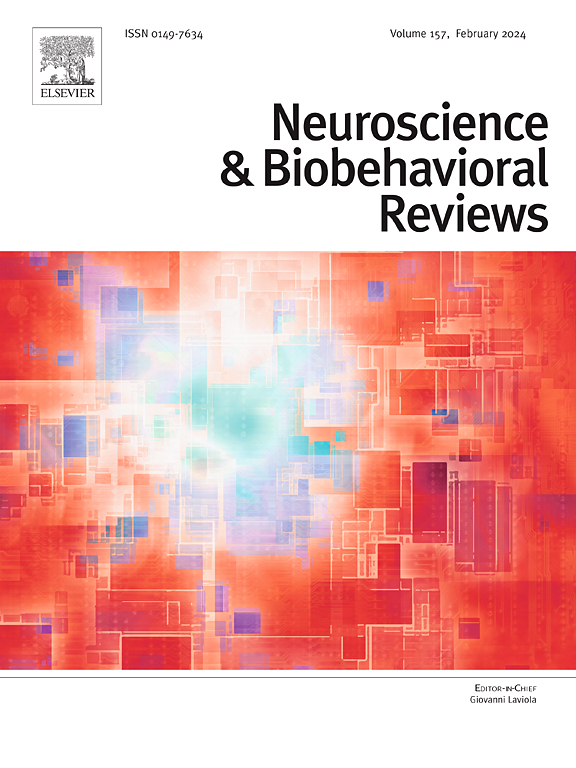Towards a scientific definition of animal emotions: Integrating innate, appraisal, and network mechanisms
IF 7.5
1区 医学
Q1 BEHAVIORAL SCIENCES
引用次数: 0
Abstract
This paper introduces a mechanistic framework for understanding animal emotions, which is designed for biologists studying animal behavior and welfare. Researchers often examine emotions—short-term valenced experiences—through behavioral, somatic, and cognitive indicators. However, proposed indicators are often ambivalent (emerge in contexts with opposing emotional valence) or undetermined (arise in both affective and non-affective processes). To ground hypothesis formulation regarding animal emotions on a better foundation, the paper advocates for building on what we know regarding the mechanisms of human emotions—the behavioral rules that transform sensory input into motor output during emotional episodes. In particular, it integrates key assumptions from three dominant psychological theories of emotion—innate, appraisal, and network theories—into a single framework and argues that this can serve as a common ground to transfer insights from human to animal emotion research. Additionally, the paper tackles the question of how emotions relate to closely linked processes such as decision-making, distinguishing between parallel architecture models—where emotions and decision-making processes interact but remain distinct—and unified models—where affective states are conceived as integral to goal-oriented processes. Finally, we discuss how our mechanistic proposal can help us address four key questions in animal emotion research: Do animals experience emotions? If so, which animals experience emotions? Which emotions do they experience? And how do these emotions compare to human emotions? The paper concludes by emphasizing the need for further empirical research on the mechanisms of animal emotions and their distinction from other processes.
动物情感的科学定义:整合先天机制、评价机制和网络机制
本文介绍了一个理解动物情感的机制框架,该框架是为生物学家研究动物行为和福利而设计的。研究人员经常通过行为、身体和认知指标来检查情绪——短期有价值的体验。然而,所提出的指标往往是矛盾的(出现在相反的情绪价的背景下)或不确定的(出现在情感和非情感过程中)。为了将动物情感的假说建立在一个更好的基础上,论文主张建立在我们所知道的关于人类情感机制的基础上——在情绪发作时将感觉输入转化为运动输出的行为规则。特别是,它将三个主要的情感心理学理论——先天、评估和网络理论——的关键假设整合到一个框架中,并认为这可以作为一个共同的基础,将人类情感研究的见解转移到动物情感研究中。此外,本文还处理了情感如何与决策等密切相关的过程相关的问题,区分了并行架构模型(情感和决策过程相互作用但仍然不同)和统一模型(情感状态被认为是目标导向过程的组成部分)。最后,我们讨论了我们的机制建议如何帮助我们解决动物情感研究中的四个关键问题:动物有情感吗?如果有,哪些动物会有情感?他们会经历哪些情绪?这些情感与人类情感相比又如何呢?文章最后强调,需要对动物情绪的机制及其与其他过程的区别进行进一步的实证研究。
本文章由计算机程序翻译,如有差异,请以英文原文为准。
求助全文
约1分钟内获得全文
求助全文
来源期刊
CiteScore
14.20
自引率
3.70%
发文量
466
审稿时长
6 months
期刊介绍:
The official journal of the International Behavioral Neuroscience Society publishes original and significant review articles that explore the intersection between neuroscience and the study of psychological processes and behavior. The journal also welcomes articles that primarily focus on psychological processes and behavior, as long as they have relevance to one or more areas of neuroscience.

 求助内容:
求助内容: 应助结果提醒方式:
应助结果提醒方式:


